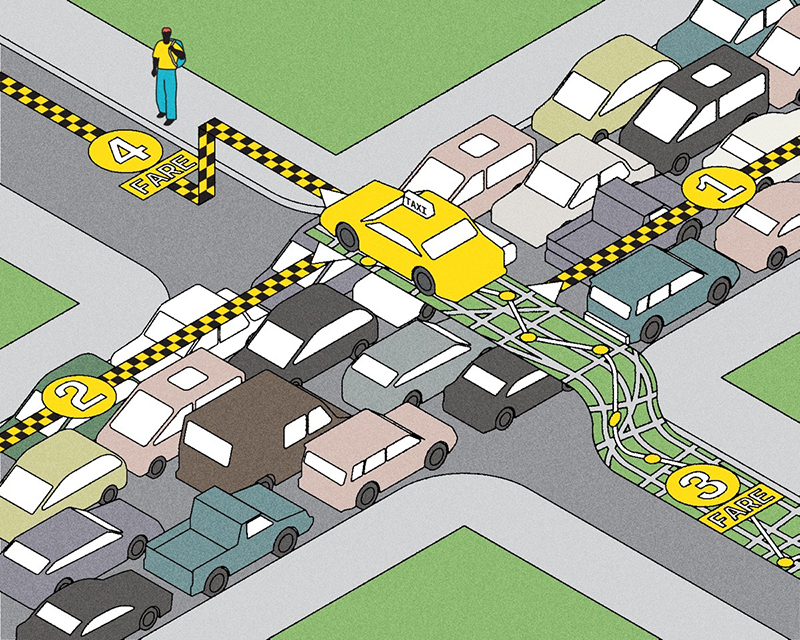U of T scientists have developed a bone-like biodegradable scaffold that increases the rate of bone healing, encourages bone growth and may lead to a new treatment for bone loss due to trauma or spinal fusion.
“We have been successful in stimulating cell and tissue growth in the laboratory and in animal models, and in replacing bone with bone – the underlying principle of bone tissue engineering,” says Molly Shoichet, a co-investigator and professor of chemical engineering and applied chemistry at U of T.
The scaffold, which is seeded with bone marrow cells, is inserted into the bone defect. Over several weeks, the cells develop into bone throughout the entire volume of the scaffold, which gradually dissolves. The product is made with polymers similar to those found in dissolving sutures, and its structure is akin to a large-pored dishwashing sponge. The size of the pores is critical, says co-investigator John Davies, a professor at U of T’s Institute for Biomaterials and Biomedical Engineering. “When you put material like this in the body, the host tissue can grow into these areas very rapidly and very efficiently.”
Shoichet and Davies – along with Dr. Jeff Fialkov, a surgeon at Sunnybrook and Women’s College Health Sciences Centre – successfully implanted scaffolds in the damaged femur bones of rabbits. They now plan to study the scaffolds in larger animals, with the ultimate goal of creating a human treatment that speeds early bone healing.
Recent Posts
People Worry That AI Will Replace Workers. But It Could Make Some More Productive
These scholars say artificial intelligence could help reduce income inequality
A Sentinel for Global Health
AI is promising a better – and faster – way to monitor the world for emerging medical threats
The Age of Deception
AI is generating a disinformation arms race. The window to stop it may be closing



